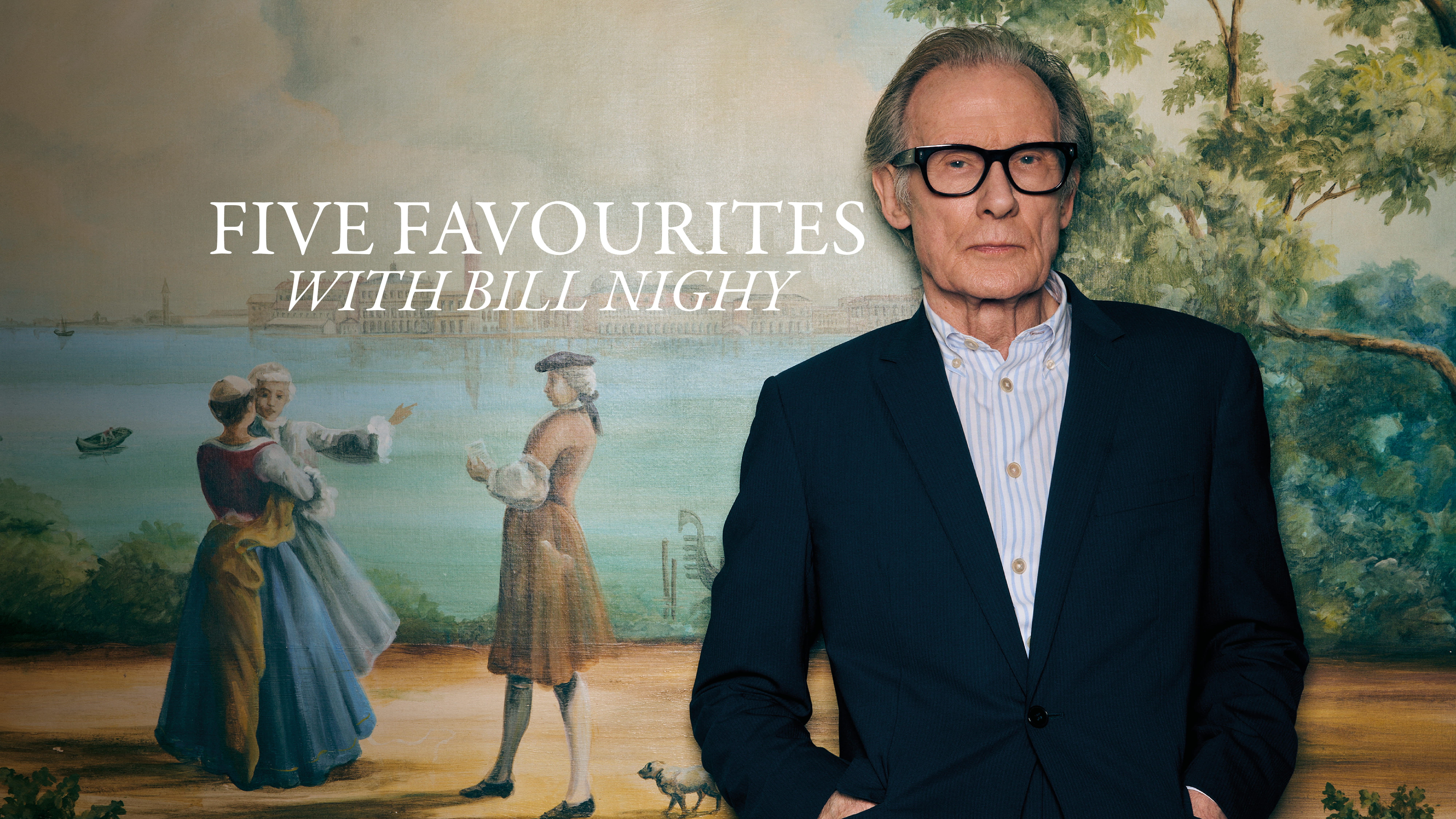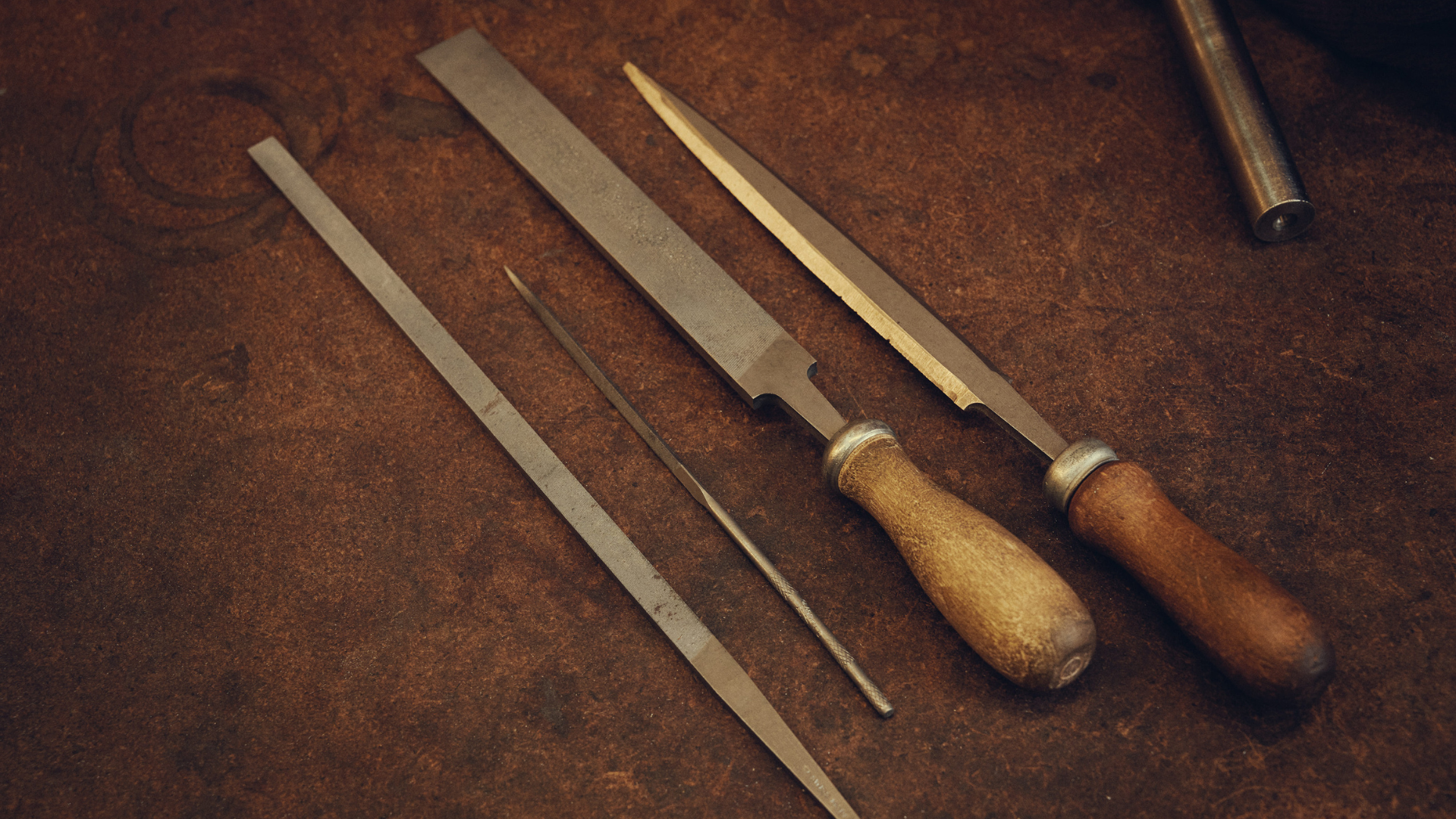The Feast Of Saint Raul: Latin America's Beloved Son And Remarkable Actor, Raul Julia
Thousands of Puerto Ricans turned out for the funeral — the state funeral — of Raul Julia when his life was cut short at the age of 54. They weren’t just saying goodbye to a famous actor — they were paying homage to a beloved son of Latin America.

There’s a scene in the 1993 movie Addams Family Values — the antic sequel to the earlier smash hit showcasing the ghoulish clan who reside at 001 Cemetery Lane — in which Gomez, played by Raul Julia, twirls Anjelica Houston’s Morticia around in a tango so intense that it literally catches fire. To say that Julia is attacking the role would be something of an understatement: his eyes pop, his legs skitter, he catches a knife in his teeth, and he even works in a bit of dervish-style paso doble business with a scarlet cape. He looks like he’s living out the Addams credo, Sic gorgiamus allos subjectatos nunc — ‘We gladly feast on those who would subdue us’. “Gomez gives me the opportunity to be as theatrical as I want to be,” Julia said at the time. “He sings, he dances, he sword-fights. I’ve always wanted to do those swashbuckling things.”
Julia brought a mercurial, from-the-hip presence to every role, from the persecuted political prisoner in 1985’s Kiss of the Spider Woman (opposite an Oscar-winning William Hurt) to the hotshot defence attorney Sandy Stern in 1990’s Presumed Innocent, opposite Harrison Ford. There was his limber six-foot-two frame, sonorous voice, and molto espressivo grey eyes (“The feeling, the emotion, the smile always comes from Julia’s eyes,” wrote one admiring critic). But the Puerto Rican-born Julia also seasoned proceedings with a dash of what the actress Rita Moreno, his compatriot, called salero. “It just means he was spicy,” she says in a documentary tribute to the actor, Raul Julia: The World’s a Stage. “And sexy and tall!”
In that same documentary, a who’s who of Hispanic performers — Benicio Del Toro, John Leguizamo, Andy García — testify to the path that Julia beat for them by refusing to change his name and remaining resolutely, winningly, himself. “He was fiercely, fiercely Puerto Rican,” says the musician Rubén Blades, and, if that opened some doors while leaving others barricaded, so be it.








Julia was born in San Juan in 1940 to an upper-middle-class Catholic family full of lawyers and doctors. His own path was set when he played a devil in a first-grade school play. “I was five or six,” he recalled. “I came on and I sort of let go and started having a fit, rolling all over the stage. It was great, this whole thing of becoming something other than yourself.” Another ‘aha’ moment occurred when he encountered Errol Flynn’s never-knowingly-under-swashbuckling Robin Hood: “It was one of the first movies I saw, and I decided that was the life for me.”
Julia lit out for New York in 1964 with the blessing of his parents, who were also family outliers. His mother, Olga, was a mezzo-soprano who sang in the church choir, and his father, Raúl, was an engineer-turned-restaurateur, credited with bringing both pizza and chicken-in-a-basket to a suitably beholden archipelago. It was the era of West Side Story, with Hispanics habitually cast as hoods or the help. Julia worked off-off-Broadway, taught Spanish, and sold magazine subscriptions before landing the recurring role of Rafael the Fix-It Man in the third season of Sesame Street.
It was while fix-mixing it with Bert, Ernie, Big Bird & co. that Julia got a call from Joseph Papp, the innovative producer- director of New York’s Shakespeare Festival, and one of the earliest proponents of colour-blind casting. Over a long association with the festival, Julia would earn four Tony nominations for playingthelikesoftheFellini- esque film director in the musical Nine and a monocle-sporting Mack the Knife in a 1976 production of Brecht’s The Threepenny Opera. He would also assay a bunch of the Bard’s juiciest characters, including Edmund in King Lear (opposite James Earl Jones) and a legendary turn as Petruchio in The Taming of the Shrew, from 1978, opposite Meryl Streep. “Their scenes together are the Shakespearean equivalent of Tyson versus Holyfield,” one reviewer wrote. “Kiss me, Kate,” Julia tells Streep, leaning in, and she spits in his face. Another actor might have balked. Julia takes a moment, his large eyes sparkling, then lustily tongues himself clean.” Papp might have been thinking of the latter scene when he said of Julia: “He was always outrageous in his acting choices. He doesn’t mind falling flat on his face doing something dangerous.”
I started off imitating the British. Then I realised I could give the speech a different rhythm, a little salsa.












Whether fretting as Macbeth or fulminating as Othello, Julia put his heritage front and centre. “I started off imitating the British,” he said. “Then I realised I could give the speech a different rhythm, a little salsa. That cold, analytical, computer-like Saxon mentality is going out the window. We’ll bring passion into vogue again.”
Julia’s style always had an operatic sweep. He had the rare ability to navigate peaks and troughs with the same unbending intensity. He’d known tragedy early — his brother Rafa died in a car crash in Puerto Rico when Julia was barely 20 — and in the latter part of his career he played a string of contemporary martyrs, following Valentín in Spider Woman (for which he travelled to South America to interview dissidents and former prisoners) with the title role in Romero (his favourite, he always claimed), in which he played the titular El Salvadorean archbishop and human rights champion who was assassinated by a right-wing death squad, and The Burning Season, a biopic of the rainforest preservation activist Chico Mendes, who was gunned down by a rancher. “They changed me,” he said of the roles. “I care deeply for Latin America, and I’ve felt the outrage and the helplessness. With Romero in particular, it was about getting in touch with that part of us that is committed to the point of giving all you have, including your life, for other people.”
Julia was no stranger to spiritual striving. He was a ‘graduate’ of Erhard Seminars Training, or est, the wildly popular and quasi-religious self-help movement founded by the guru Werner Erhard that threw Freudian analysis, positive thinking and Zen Buddhism, among much else, into the blender (Julia found himself Gregorian chanting in Tibetan monasteries, no doubt full-throatedly). He also embraced Erhard’s Hunger Project, which sought to eradicate world famishment; it was a deeply personal endeavour, not only because Julia’s parents would take stray children into the family home when he was a boy, but because he worked alongside his wife, the dancer and actress Merel Poloway (they had met in the late sixties, when performing in a touring company; the eldest of their two sons, Raul Sigmund, has followed his parents across the footlights).










Read the full story in Issue 93, available now.
Photo Credits: Getty Images






